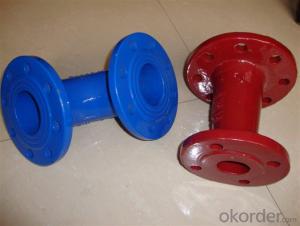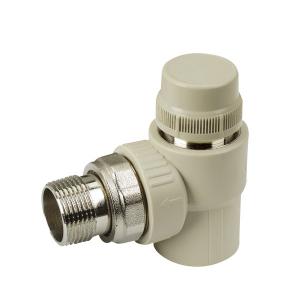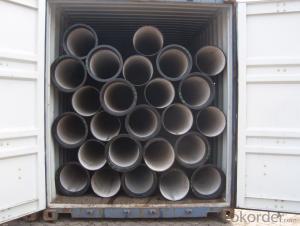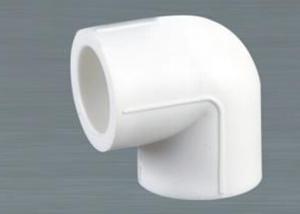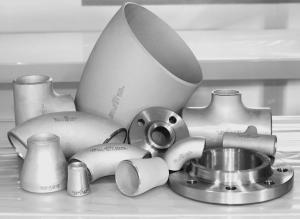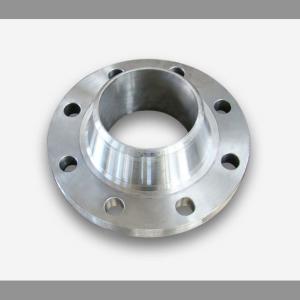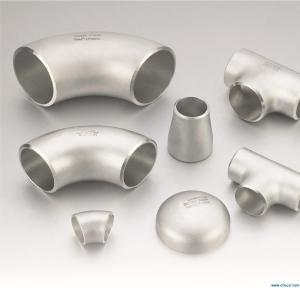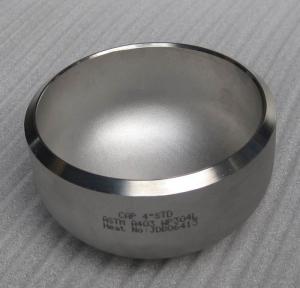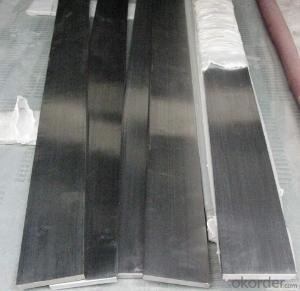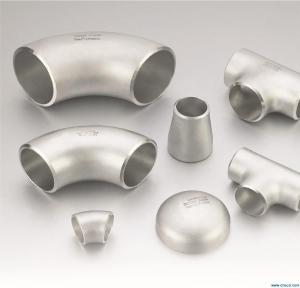Magnet On Stainless Steel
Magnet On Stainless Steel Related Searches
Best Paint For Stainless Steel Blanket Insulation For Steel Buildings Primer For Galvanized Steel Foam Filter For Stainless Steel H S Code For Stainless Steel Surface Grinding Wheels For Stainless Steel Surface Grinding Wheels For Hardened Steel Hole Saw For Stainless Steel Paint For Stainless Steel Stainless Steel For BbqHot Searches
Steel Mesh Panels For Sale Price For Stainless Steel Scrap Scrap Price For Stainless Steel Price For Stainless Steel Stainless Steel Tank For Sale Stainless Steel Sheets For Sale Cheap High Tea Sets For Sale Stainless Steel Tanks For Sale Stainless Steel For Sale High Density Fiberboard For Sale Solar Hot Water Collectors For Sale Scaffolding For Sale In Uae Scaffolding For Sale In Ireland Scaffolding For Sale In Houston Type Of Inverter For Solar Price Of Shipping Containers For Sale Types Of Inverter For Solar Stock Price For Aluminum Used Solar Inverter For Sale Steel Mesh Panels For SaleMagnet On Stainless Steel Supplier & Manufacturer from China
Okorder.com is a professional Magnet On Stainless Steel supplier & manufacturer, offers integrated one-stop services including real-time quoting and online cargo tracking. We are funded by CNBM Group, a Fortune 500 enterprise and the largest Magnet On Stainless Steel firm in China.Hot Products
FAQ
- What are the features of the cold rolling flat steel machine?
- The characteristics of rapid induction heating without oxidation, the hot rod heating directly after hot rolled out requirements for the shape and size of the square, flat, and then use the method of controlled cooling to produce good surface quality and performance of qualified products;
- Yes, stainless steel flats are suitable for decorative applications due to their attractive appearance, durability, corrosion resistance, and versatility in various design styles.
- Stainless steel flats perform exceptionally well in high-temperature oxidation environments due to their inherent resistance to oxidation and corrosion. The chromium content in stainless steel forms a protective oxide layer on the surface, preventing further corrosion and maintaining structural integrity even at elevated temperatures. This makes stainless steel flats ideal for applications that require resistance to oxidation, such as furnace components, heat exchangers, and automotive exhaust systems.
- Yes, stainless steel flats are suitable for elevator interiors. Stainless steel is highly durable, resistant to corrosion, and easy to clean, making it an ideal material choice for elevator interiors that require frequent use and maintenance. Additionally, stainless steel lends a sleek and modern aesthetic to elevator cabins, enhancing the overall appearance of the elevator.
- Depending on the desired look and function, there are various surface treatments available for stainless steel flats. One commonly used treatment is mechanical polishing, where abrasive materials are used to smooth out imperfections and create a glossy finish. This process enhances the visual appeal and corrosion resistance of the flats. Another popular treatment is electropolishing, which involves immersing the flats in an electrolyte solution and applying an electric current. This removes a thin layer of material, resulting in a smoother and more corrosion-resistant surface. Electropolishing is often employed in industries that prioritize cleanliness, such as medical and food processing. Chemical passivation is an alternative treatment that involves immersing the flats in an acidic solution. This eliminates iron contaminants and produces a protective oxide layer on the surface. Chemical passivation improves the flats' resistance to corrosion and is commonly used in environments with harsh conditions or corrosive substances. Other treatments for stainless steel flats include bead blasting, where small abrasive particles are propelled at the surface to create a textured finish, and powder coating, which applies and cures a layer of polymer powder for protection and decoration. Ultimately, the choice of surface treatment depends on the specific requirements of the application, including appearance, corrosion resistance, and functionality. It is advisable to seek guidance from experts or manufacturers to determine the most suitable treatment for the intended use of the stainless steel flats.
- Stainless steel flats are highly reliable and perform exceptionally well in abrasive environments. The unique composition of stainless steel, which includes a high percentage of chromium, provides it with excellent resistance to abrasion, corrosion, and wear. This makes stainless steel flats suitable for use in various abrasive environments, including mining, construction, manufacturing, and marine applications. The chromium content in stainless steel forms a thin and protective oxide layer on the surface, known as the passive film. This passive film acts as a barrier against abrasive particles, preventing them from causing damage to the underlying material. Additionally, stainless steel flats can be further enhanced with different alloying elements like nickel and molybdenum, which significantly increase their resistance to corrosion and wear. Stainless steel flats are also highly durable and long-lasting, making them a cost-effective choice for abrasive environments. They can withstand high impact and maintain their structural integrity even in harsh conditions. Furthermore, stainless steel flats have excellent heat resistance, allowing them to withstand extreme temperatures without warping or losing their mechanical properties. In terms of maintenance, stainless steel flats are relatively easy to clean and require minimal upkeep. They can be easily wiped clean or washed with mild soap and water to remove any abrasive particles or contaminants. This makes stainless steel flats a practical option for environments where cleanliness and hygiene are crucial. Overall, stainless steel flats are well-suited for abrasive environments due to their superior resistance to abrasion, corrosion, and wear. Their durability, strength, and low maintenance requirements make them an ideal choice for applications where the material will be exposed to constant friction, impact, or abrasive substances.
- To calculate the deflection of a stainless steel flat, you can use the formula for deflection in a beam under a load. The deflection of a beam depends on several factors including the material properties, dimensions of the beam, and the applied load. Here is the step-by-step procedure to calculate the deflection of a stainless steel flat: 1. Determine the material properties: First, you need to know the modulus of elasticity (E) for stainless steel. This value can be found in reference materials or online databases specific to the type of stainless steel you are using. 2. Measure the dimensions: Measure the length (L), width (b), and thickness (t) of the stainless steel flat. Make sure to use consistent units for all measurements. 3. Determine the applied load: Identify the load (F) that is being applied to the stainless steel flat. This could be a point load, uniformly distributed load, or any other type of load. Make sure to use consistent units for the load. 4. Calculate the second moment of area (I): The second moment of area (also known as the moment of inertia) is an important parameter that describes the resistance of a cross-section to bending. For a rectangle, the formula for the second moment of area is I = (b * t^3) / 12. 5. Calculate the deflection: Use the formula for deflection in a beam under a load: δ = (F * L^3) / (3 * E * I) Substitute the values you measured or determined into the formula and calculate the deflection. The result will be in units of length (e.g., inches, millimeters). It's important to note that this calculation assumes the stainless steel flat is perfectly elastic and that the load is within the linear elastic range of the material. If the material is subject to plastic deformation or the load exceeds the material's yield strength, additional considerations and calculations may be required.
- Stainless steel flats prove to be a suitable choice for the production of storage shelves. Recognized for its durability and strength, stainless steel is highly resistant to corrosion and rust. This outstanding characteristic makes it an ideal candidate for storage shelves, which must endure substantial weight and potentially adverse conditions. Moreover, stainless steel flats possess a sleek and contemporary appearance, contributing to the aesthetic allure of the storage shelves. Furthermore, the ease of cleaning and maintenance associated with stainless steel renders it a pragmatic selection for storage solutions. In conclusion, stainless steel flats emerge as a dependable and fitting alternative for the manufacture of storage shelves.
















